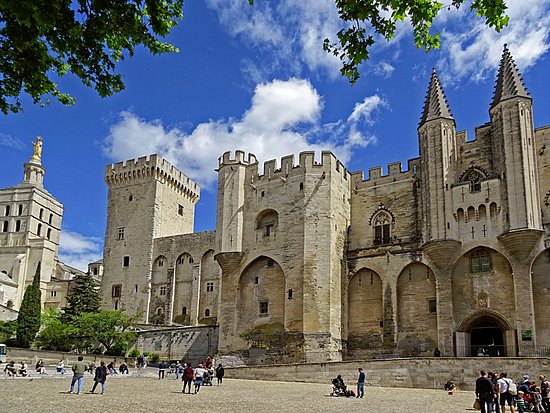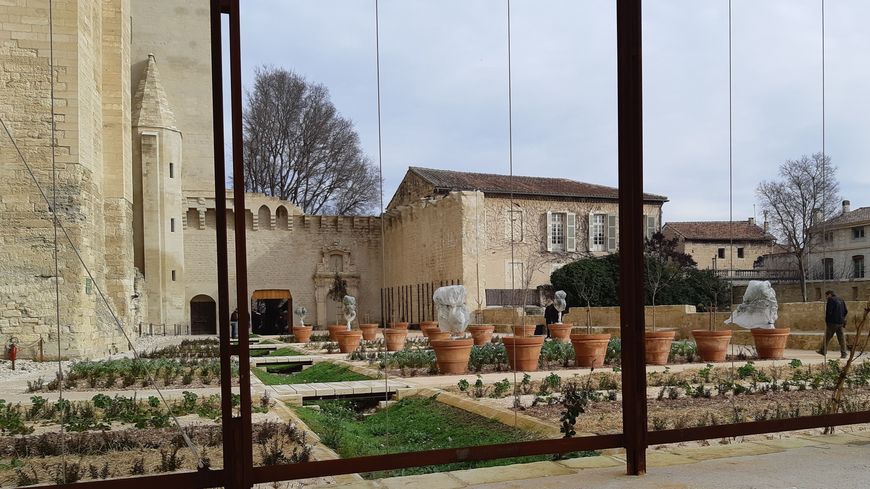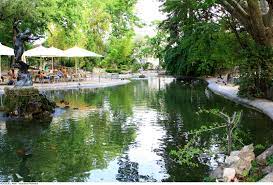Avignon Palace of the Popes

The Palace of the popes in Avignon is one of the largest Gothic palaces classified as World Heritage by Unesco.
Both a defensive structure and a papal residence, it was built by the nine popes who succeeded each other during the 14th century.
Built in just 75 years, the city of the popes has twenty-five most visited places in the world. Previously, it was a cultural showcase,
a military barracks and a theater stage that could host fascinating exhibitions.
Why did the popes choose Avignon?
Located north of the city on a rocky cape, the papal palace is at the same time majestic, monumental and sumptuous.
It is considered a symbol of the power of Christendom during the Middle Ages. The popes chose Avignon because the city had a stable policy,
but also because of its more central position in relation to Rome in the eyes of the Christian world. In addition, the Avignon bridge known as the Pont Saint-Bénézet was once a strategic crossroads between Italy and Spain.
The papal palace, a historical monument
Clement VI and Benedict XII were the main founders of the papal palace,
but it was from 1335 that it was built in less than thirty years. This palace is seen as an emblem of the influence of Christian churches
in the 14th century. With its 15,000 m² of surface area and twenty-five locations, this historic monument is the largest Gothic fortress
in the West.
Matteo Giovannetti was the Italian artist who took care of the decorations of the mythical frescoes of the private apartments
of the Popes, as well as of the ornamentation of the theater stage. The palace can accommodate 500,000 visitors each year.
And during the visits, it offers guests regular cultural activities such as themed visits and thematic and educational exhibitions.
For example, during the summer season the main chapel is occupied by a large art exhibition, and in July the performances
of the Avignon festival take place in the Cour d'Honneur of the Palace.
The palace of the popes of Avignon today
Before the construction of the current palace, it was Clement V who moved to Avignon in 1309. In turn, John X succeeded him by carrying out expansion work on the former episcopal
and confirming the installation of the pontiffs in Avignon. And it is Benedict XII, the new pope elected in 1334 who decides to build a new palace in Avignon.
Previously, the palace was called "old palace". It included the private apartments of the popes, the Pope's tower, the galleries of the cloister, the Pope's tower ...
From 1343, Clement VI as the new pope, continued the development of the castle by multiplying the sites such as the construction of new towers, the main courtyard, a new main, a wing of the great audience ... C ' is this part which was called "new palace".
This other side of the palace is nested in the "old palace" of Benedict XII and the embellishment of the gardens as well as the refinement of the decorations are very particularly neat.
There are also "antipopes" in Avignon
Innocent VI succeeds Clément VI and continues the works on the sites. As for Urbain V, who was elected in 1362, he only settled in Avignon for eight years before returning to Rome, the place where he reasoned that the Holy See should reside there.
Unfortunately, insecurity reigned in Rome and he was forced to return to Avignon where he died after some time. It was then Gregory XI who was able to reestablish the seat of the papacy in Rome in 1376. After his death, a great rupture broke out and divided Christendom into two obediences for 50 years.
During this period of separation, two "antipopes", Benedict XIII and Clement VII still lived in Avignon while the other pontiffs settled in Rome.

After the popes, the army takes possession of the palace
From 1402, the papal palace no longer housed any lord pontiff. It is now run by representatives of the popes and deteriorates very quickly in a few years due to lack of maintenance.
Then the building was assigned to the army for the next century. The palace was fitted out to accommodate military troops, which damaged some of the fabulous scenery.
But today, the existence of several restorations in the castle revives all its splendor. The monument is now open to the public to discover the chapels, cloisters, priceless frescoes, towers,etc...
